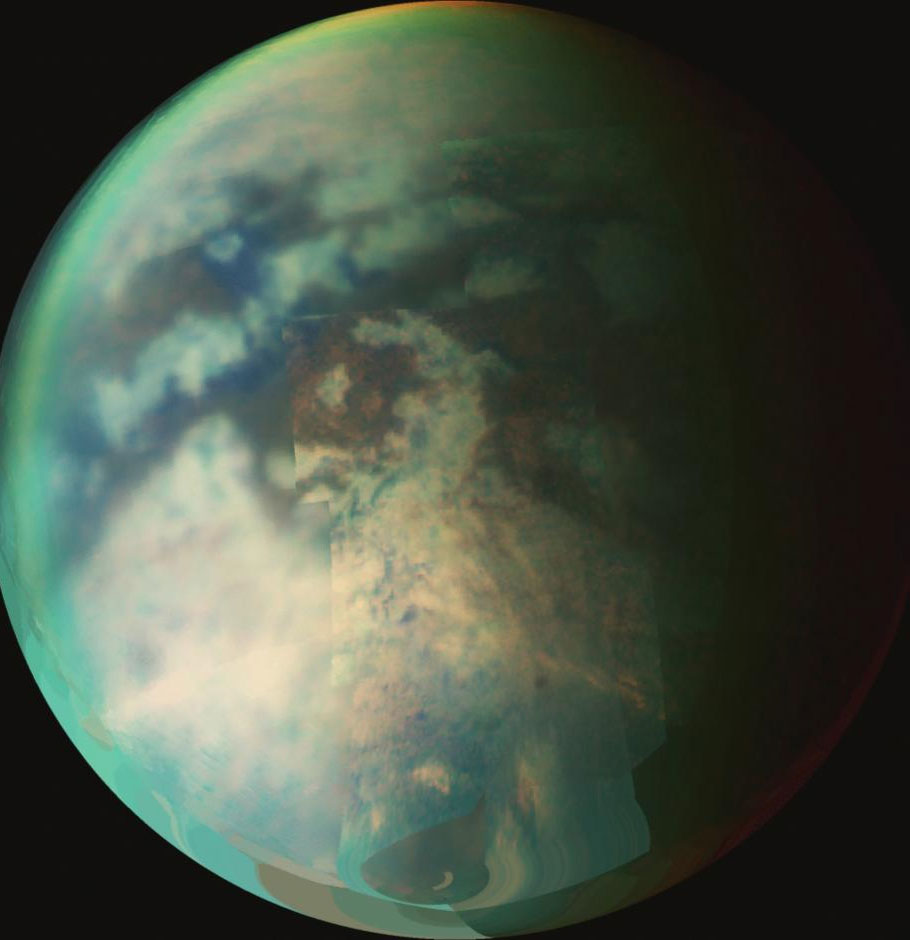Detailing the Moon's sand dunes Saturn
Scientists from the US and European aerospace agencies (NASA and ESA) announced on January 25 details of the giant sand dunes at Titan, the largest moon of Saturn, contributing to the New understanding of environmental conditions on this mysterious planet.
>>>The Earth-like moon is unexpected
Scientists are interested in Titan because of its strange atmosphere and many features on the surface like Earth. This moon is also the only known world in our Solar System, except Earth, which has liquid on the surface, although the liquid is methane and not water.

NASA and ESA researchers say the new analysis of previous observations of the unmanned Cassini spacecraft orbiting Saturn's orbit shows the size and distance of Titan's sand dunes in relation to altitude and latitude where they form.
The size, shape and distribution of sand dunes provide clues to understanding Titan's climate and geology.
Scientists hope that these new discoveries will also shed light on the puzzling methane cycle of this object, comparable to that of Earth on water.
Data provided by Cassini shows that Titan's giant sand dunes are 1-2 kilometers wide, stretching across the celestial body for hundreds of kilometers and hundreds of meters high.
Sand dunes are the second most common characteristic on this Moon, 10 million km 2 wide , slightly larger than the size of the United States.
- Sand dunes on Titan are exactly the same on Earth
- 70km of sand dunes date from the mysterious preserved Ice Age at the bottom of the sea
- What do the ghost dunes on Mars reveal about life?
- Mysterious blue sand dunes on Mars
- 5 threats to coastal sand dunes
- Sand dunes are leeches on Mars
- The culprit follows extruded sand dunes like the seabed
- Explore the world-like sand hill in Thousand and One Nights in Japan
- Decipher the mystery of the Morse code message on Mars
- The mysterious whirlwind sweeps the moon of Saturn
- Discovered 20 new moons of Saturn
- Spectacular waves on the rocky mountains
 Van Allen's belt and evidence that the Apollo 11 mission to the Moon was myth
Van Allen's belt and evidence that the Apollo 11 mission to the Moon was myth The levels of civilization in the universe (Kardashev scale)
The levels of civilization in the universe (Kardashev scale) Today Mars, the sun and the Earth are aligned
Today Mars, the sun and the Earth are aligned The Amazon owner announced a secret plan to build a space base for thousands of people
The Amazon owner announced a secret plan to build a space base for thousands of people